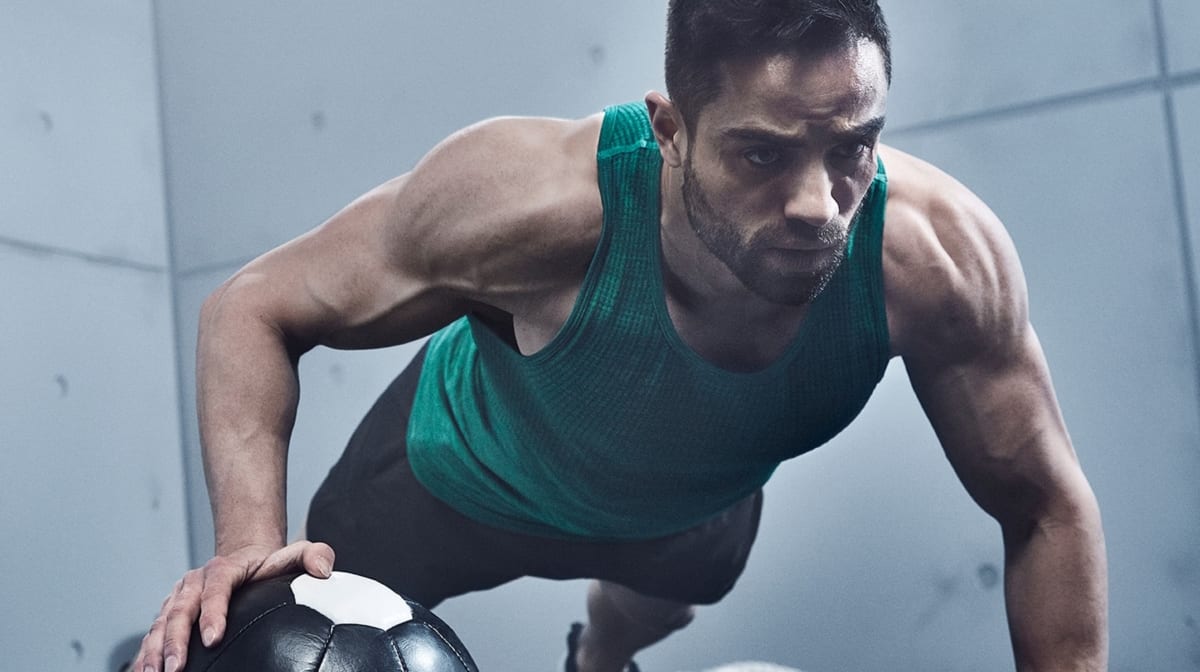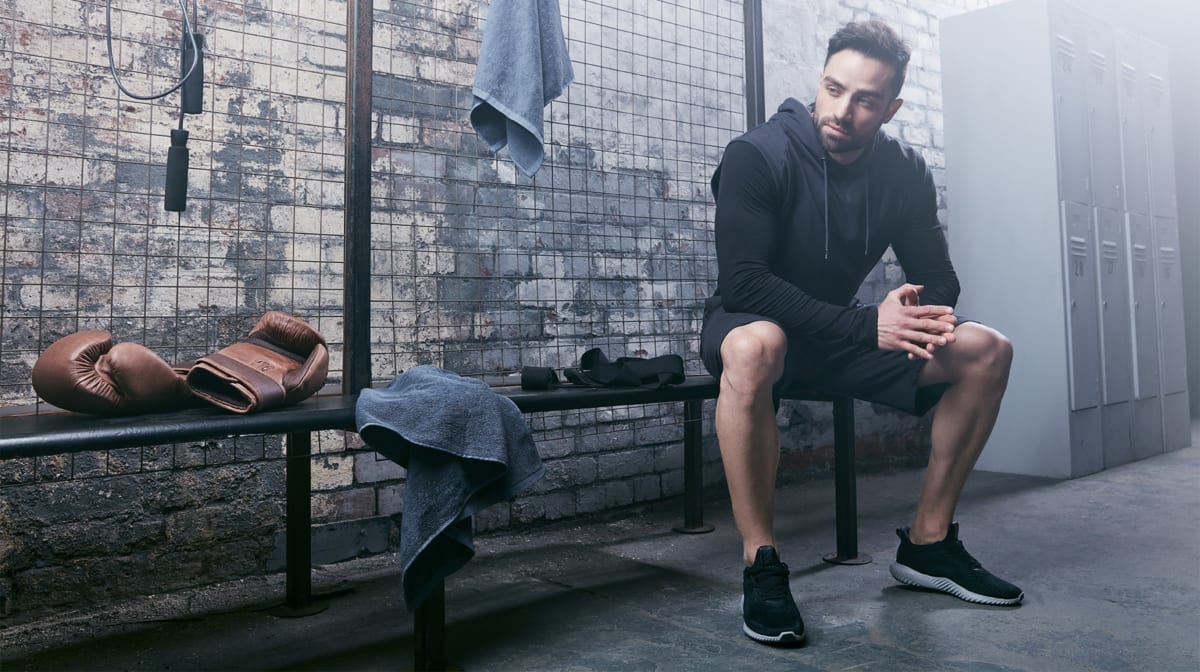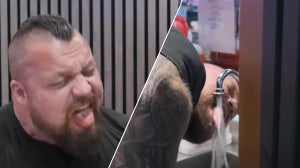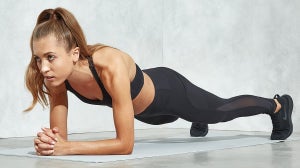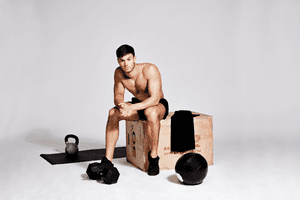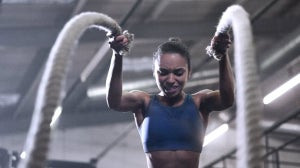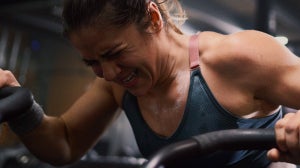
Achieving cannonball delts requires time and effort no doubt, but our top press variations will help take you to the next level!
The human body can move in a number of different ways through the interlinked muscular system. Each movement can be defined using certain terms to describe them. One of the gym favourites seems to be the bench press. However, this only functions in one plane of movement and does not replicate anything more than the human body can do. Alternate pressing variations can help to develop the muscular structure surrounding joints as well as develop strength in and multi-planar sense enabling you to press or push in multiple directions.
This is based on the structure of your muscles, how they are aligned to work at their best and the pennation of the muscle fibres. The shoulder complex is made from 4 joints which all work together in pressing movements, even if the joint is not moving, it will be supporting muscle which will be working under tension. The main joint (glenohumeral joint) is what people recognise as the shoulder, however, it is just as important to work the surrounding, supporting muscles which will help to balance and stabilise the complex. These are usually endurance based postural muscles so a higher rep range (10+) would be more suitable for these.
Take a look at our press variations:
- Bench Press
- Overhead Press
- Dips
- Bottom-up kettlebell press
- Stability ball press-up
- Single Arm Dumbbell Press

Bench Press
The Bench Press is used as a chest builder and a lot of gym bunnies use a moderate grip with wide elbows bringing the bar to mid-chest. It can be used in all rep ranges depending on the goal as it has a range of muscle fibres.
Alternative: ‘Powerlifter’ Bench Press
This relies on the elbows staying directly below the wrists at all times and being able to press from the sternum position (where a bra strap would sit) which will naturally bring you shoulder into more of a 45-degree abduction as opposed to a 90 degree, where the shoulder is less protected and weaker. This is also a better direction for the muscle fibres in your chest attaching from humerus to sternum or clavicle. You should be able to lock in your shoulder with your lats and rhomboids keeping your shoulders and hips on the bench with a little arch in your back and a stiff core.
Overhead Press
Again, mainly used as a builder, a lot can adapted in this exercise with variations to standing, seated, dumbbell, barbell and even incline positions, where the overhead press and bench press tie into each other. Try using a variety of training tools for this, but stick to a mid-range volume (6-10) due to the fibre type and multiple joints in the shoulder complex to best train the deltoids, occasionally breaking out of that range to shock them into adaptation. Again try to keep the elbows below the wrists to keep yourself in a quality anatomical alignment. For an extra hard variation, try reversing the grip and keeping volume higher to target the anterior delts.

Dips
This can often be left out of left to the end of a chest or press workout, but for me this is one of the best exercises going out there. It combines controlling your own body as well as stretching your chest and shoulder muscles. Key points to note would be to keep your chest out and shoulder blades together to reduce protraction and anterior rotation at your shoulder which can lead to impingements and rounding of the shoulders and again keeping the elbows and wrist in line to avoid unnecessary rotation.
While these movements might make up a main press workout, the smaller muscles that need to be trained aren’t hit as well unless some accessory exercises are brought in. All of these variations focus on bilateral work, which might all be well and good for maximal strength, but fails to hit the function of the human body which will be to work unilaterally, one side at a time. So here are some more variations to try, some are slightly more fun and harder to do. They should make for a well-rounded programme to help your overall ability to press things away from your body.
Bottom-Up Kettlebell Press
This exercise not only helps to build a strong and healthy should when correctly applied, it also functions as an exercise to work anterior and posterior chains, where the muscles across the front and back of your body. It will help with your body health and should be used as a stability and endurance exercise.
Stability Ball Press-Up
This is not something to turn your nose up at. The position is hard enough to hold using your core stability and not allowing your back to arch. The focus should also be put on keeping your hips up and shoulder blades together. Elevate the feet on a bench or box to make the exercise harder or wear a weighted vest.

Single Arm Dumbbell Press
This involves a huge amount of core support to be able to create a rotation as well as a press so will develop your core, hip and shoulder stability to work everything overall. A great accessory exercise to add to any workout and possibly the exercise that will have the greatest tie-in to pressing movements in the day to day life.
Don’t forget that all press movements should be accompanied by an equal or increased amount of pulling movements to ensure joint health is maintained and posture stays strong.
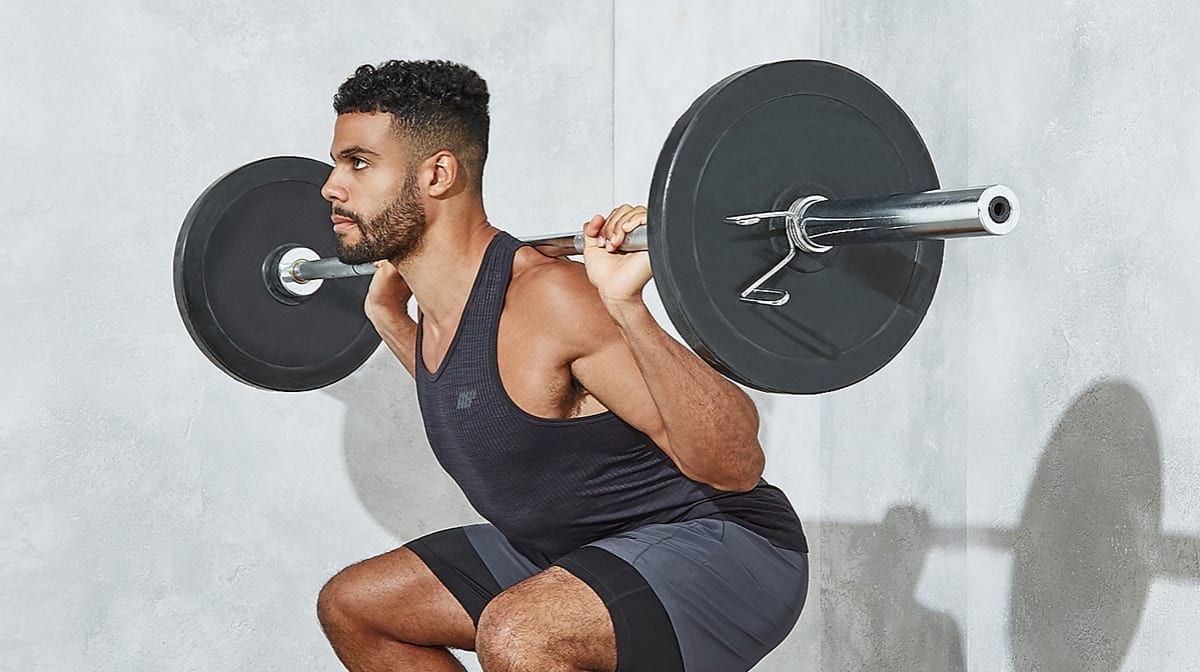
4 Best Leg Exercises for Mass | The Ultimate Leg Workout
Look good after leg day — our tips and tricks.
Our articles should be used for informational and educational purposes only and are not intended to be taken as medical advice. If you're concerned, consult a health professional before taking dietary supplements or introducing any major changes to your diet.

